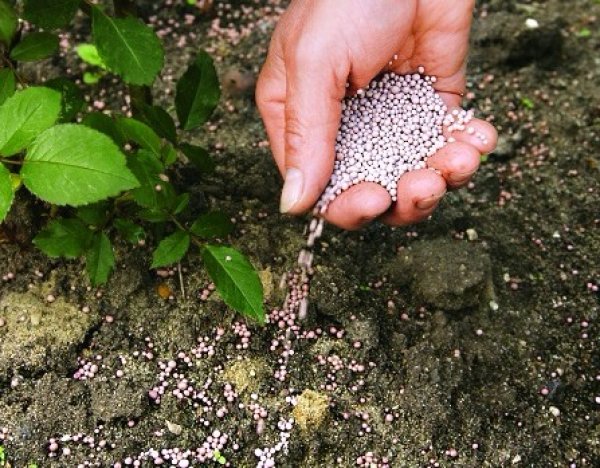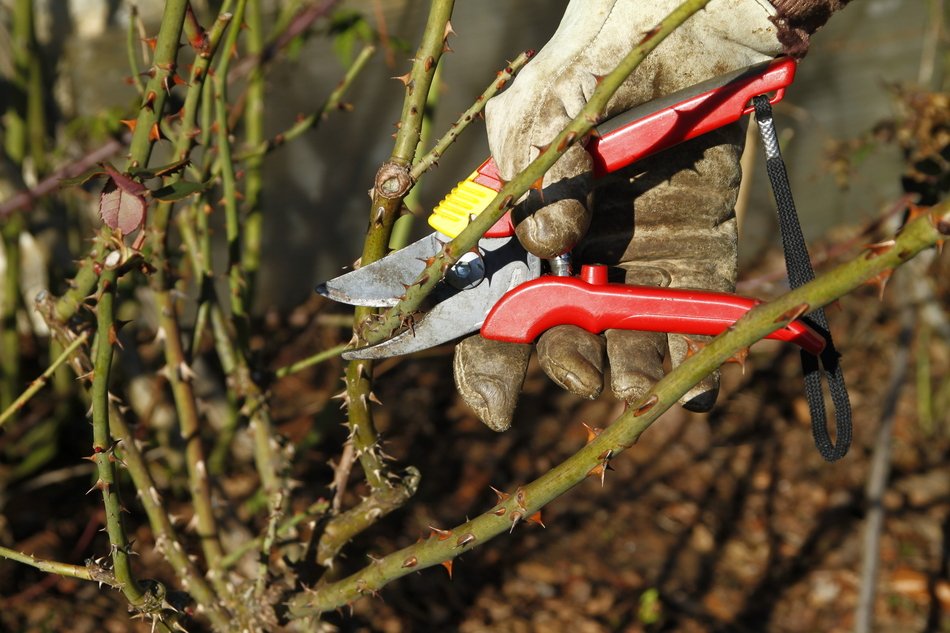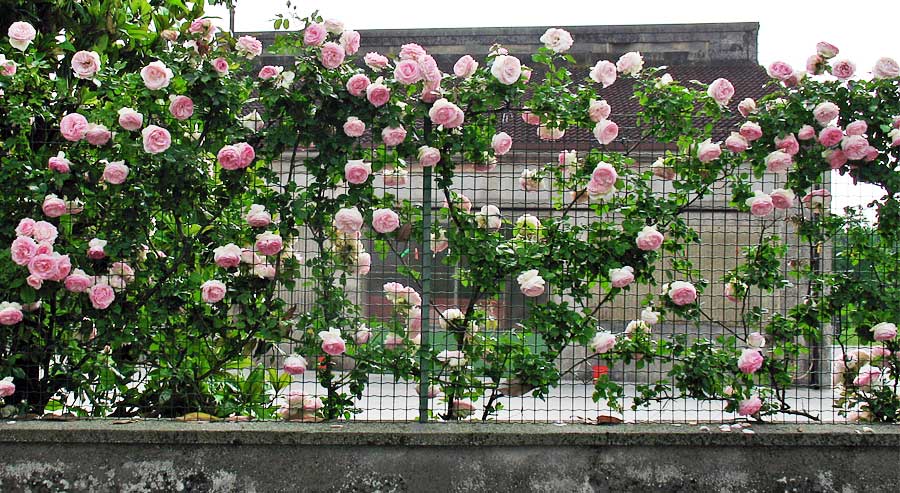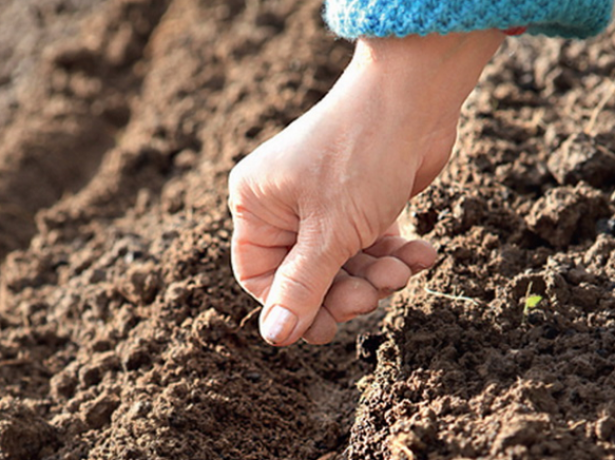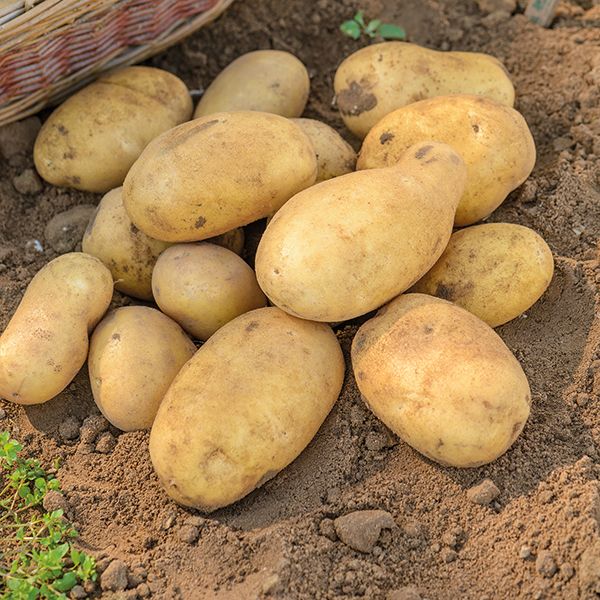Content:
In order for the rose bushes to be able to withstand not only the winter cold, but also the sudden temperature drops in autumn and spring, a number of events must be carried out long before the cold weather. The preparation of roses for winter should begin in August so that the bush has time to get stronger, and all the shoots that have grown during the season become woody.
General rules for caring for roses
The beauty of flowering rose bushes can bring joy for many years, if you choose the right place for them, preferably in the southeast of the site, prepare the soil - weed out all the weeds and remove the roots, and plant in accordance with simple requirements.
In the spring, after the snow has melted and during the first half of the summer, you need to carry out regular feeding of the bushes, loosening the soil, monitor the soil moisture and water as needed. With the help of spring pruning, they not only give the required shape to the bushes, but also remove dead stems and rotten areas.
Caring for roses in autumn: what you need to get your roses ready for winter
Preparing roses for winter is a gradual process. By the end of summer, flowers that begin to wilt are not removed, but the plant is allowed to form fruits. In this case, the shoots will fully mature and stiffen, they will be able to withstand low temperatures.
In the second half of September, it is necessary to exclude the ingress of water on the leaves (when watering, during rain or fog). To do this, you can cover the top of the bushes with foil, leaving room for air circulation.
Before pruning the rose for the winter, you need to remove the leaves. First of all, those that have dried up or have signs of disease. Be sure to clean the soil from fallen leaves so that they do not become a breeding ground for fungal diseases. Plants are also checked for pests.
Caring for roses in the fall includes the obligatory hilling, about 20 cm high. Compost or rotted manure is best suited for this, which will serve as additional fertilizer in spring.
Preparing roses for the winter season
If the long stems of climbing roses outwardly look absolutely healthy, many gardeners believe that it is not necessary to prune the bushes - the transferred stress can worsen the resistance of plants to the upcoming frost. But sometimes you still need to do this.
How to prune a climbing rose correctly? In general, pruning climbing roses is necessary if the bushes are clearly thickened. Then it is imperative to remove weak stems with unripe wood and cut out the old ones, those that are more than three years old.
Partially, you should cut very long shoots that are not suitable for decorating a flower bed or do not look at all in a landscape composition. Each grower independently decides how to cut a climbing rose, depending on the variety and location of the bushes on the site. In spring or summer, it is necessary to cut as many old shoots as young stems have grown. This rule is true for bushes that are more than 3 years old.
The air temperature during cutting should be constant and no longer rise above -2 ° C. Otherwise, shoot growth may begin. In the Moscow region, rose bushes are usually cut at the end of October. In the Urals and Siberia two weeks earlier. The plane is cut at an angle of 45 °, it should not be deformed. The cut is placed 5 mm higher above the bud that is on the outside of the bush. In this case, the future stem will definitely grow correctly and will not thicken the central part of the plant.
Autumn pruning is divided into three types:
- Short - leave stems 5-15 cm long, the upper part of the bush is cut off. Each shoot should have two or three buds. This pruning is optimal for dense polyanthus roses.
- Medium - cut off shoots up to 30-50 cm, leave 5 buds on each. Suitable for Pernetsian, Remontant, Hybrid Tea and Floribunda roses.
- Long - only the ends of the stems are cut off, leaving a length of up to 1 m.The number of buds is at least eight.
It is necessary to prepare roses for the cold weather in advance. In the fall, phosphorus-potassium fertilizers are applied, which will increase the winter hardiness of plants. The use of calcium gives a good result.
There are two ways to feed roses:
- Twice - in early September and in the first decade of October. Fertilizers are dissolved in water or scattered around and sprinkled with soil.
- At a distance of 15 cm from the base of the bush, an annular furrow is dug, which is filled with a mixture of humus-rich soil and mineral fertilizers. In this case, the nutrients will gradually be absorbed by the roots and ensure the normal development of the plant for a long time.
For sheltering low bushes, special non-woven materials are used. It is advisable to cover the area of the entire garden at once, in this case the plants winter better and are more resistant to diseases.
For those who are just starting to grow roses, it is best to follow the step-by-step recommendations of experienced gardeners to prepare plants for winter:
- Examine the bushes, remove leaves and stems with spots. They must be burned.
- In autumn, in warm weather, roses are not cut. The plants are already finishing flowering and the last flowers should be allowed to set fruit.
- In young growing shoots, it is necessary to pinch the tops.
- Sprinkle all the soil in the flowerbed or garden around the roses with ash, which will not only fertilize the plants, but also disinfect the area. Dolomite flour can be used.
- At the first frost, you need to pour a bucket of earth onto the base of the bush.
With such careful preparation, it will be possible not to worry about the safety of the rose bushes.
Features of preparing roses for winter in the Moscow region, Siberia, in the Urals
In the Moscow region and central Russia, modern roses, including park and ground cover, endure the cold season quite easily. The Moscow climate is not so harsh and even novice gardeners can easily cope with the cultivation of these beautiful flowers.
In the autumn, the removal of leaves should be started gradually. To protect against possible infections, before hilling, the plants are sprayed with a 5% solution of ferrous sulfate and allowed to dry.
In November, it often rains with snow in the Moscow region, but the snow cover has not yet been established. At this time, it is still unacceptable to cover roses for winter, but roses with a bush shape can be easily protected from the harmful effects of moisture - you can throw a plastic wrap on top of them.
But for climbing varieties, hilling is definitely necessary, which is performed even before the shoots are removed from the support. Wood sawdust, especially fresh, should not be used.
Pruning hybrid tea roses is done in such a way that the height of the shoots remaining in the winter is no more than half a meter. Many varieties of park roses in the Moscow region tolerate wintering well, they do not need to be covered.
In the north, in Siberia and the Urals, preparatory work for the cold season is being carried out in September. Roses are fed with phosphorus-potassium fertilizers or simply sprinkled with ash. All young shoots should be cut off and the buds should be pinched. At the same time, watering is completely stopped. Low standard varieties are often added in drops, they are less demanding, and the easiest to take care of them. And some of the branches that cannot fit into shelters equipped for the winter are simply cut to size.
In Siberia, roses are covered in two ways:
- The bushes are huddled high and they are completely covered with dry sawdust, shavings, leaves. But it is best to cover it with spruce branches from above, which will protect the plants from rodents.
- The frames are installed and covered with plastic wrap and other insulating materials.
The first method is suitable for covering individual low-rise roses - standard, hybrid, tea. For joint plantings in the same area according to the scheme of 30 × 30 cm or 25 × 40 cm, even consisting of several types of roses, it is better to use a solid shelter, raised above the ground. Ground cover and climbing roses are often added drop-in, long stems are neatly laid in a dug ditch on a dry litter.
Growing roses in containers
In regions with a cold climate, for example in the Urals or Siberia, short roses are usually planted in containers. They are sent to them for wintering. Frequent whims of the weather - early cold weather followed by unexpected thaws force gardeners to choose the most reliable way to store rose bushes.
On the flower beds, 2-liter pots with plants are installed, which are buried in the soil so that the upper edge is not visible. The substrate for roses consists of peat and sawdust, taken in a 1: 1 ratio. It is good to maintain the required humidity in it, besides, it is quite breathable. Preparing for winter roses in a container is as follows:
- You need to break out or cut out the replacement shoot with a pruner, it is young and much thicker than the others. It is easily recognizable by its reddish shade of stem and leaves. He will not be able to overwinter and, therefore, can cause rotting of the entire bush.
- Leaves are cut off from the remaining 2 or 3 branches and the upper part is cut off at a level of 15-20 cm from the ground.
- The entire cut bush is coated with molten paraffin. This will give him a better chance of surviving the long winter.
Before storage, rose bushes are well watered. And then they check it regularly.
Overwintered roses are transferred from a two-liter pot to a three-liter one. It is impossible to immediately transplant into a large container, for example, into a five-liter one, since wet earth in this case can easily sour and the process of dying off of the roots will begin. The small size of the container, frequent feeding - this is the key to getting a bush with beautiful flowers from a small seedling.
Currently, growing roses in cold climates is not a problem. New winter-hardy varieties and hybrids are quite suitable for growing them in areas with long winters. Therefore, you can almost always buy the most beautiful flowers with a wonderful aroma, grown by local gardeners.
